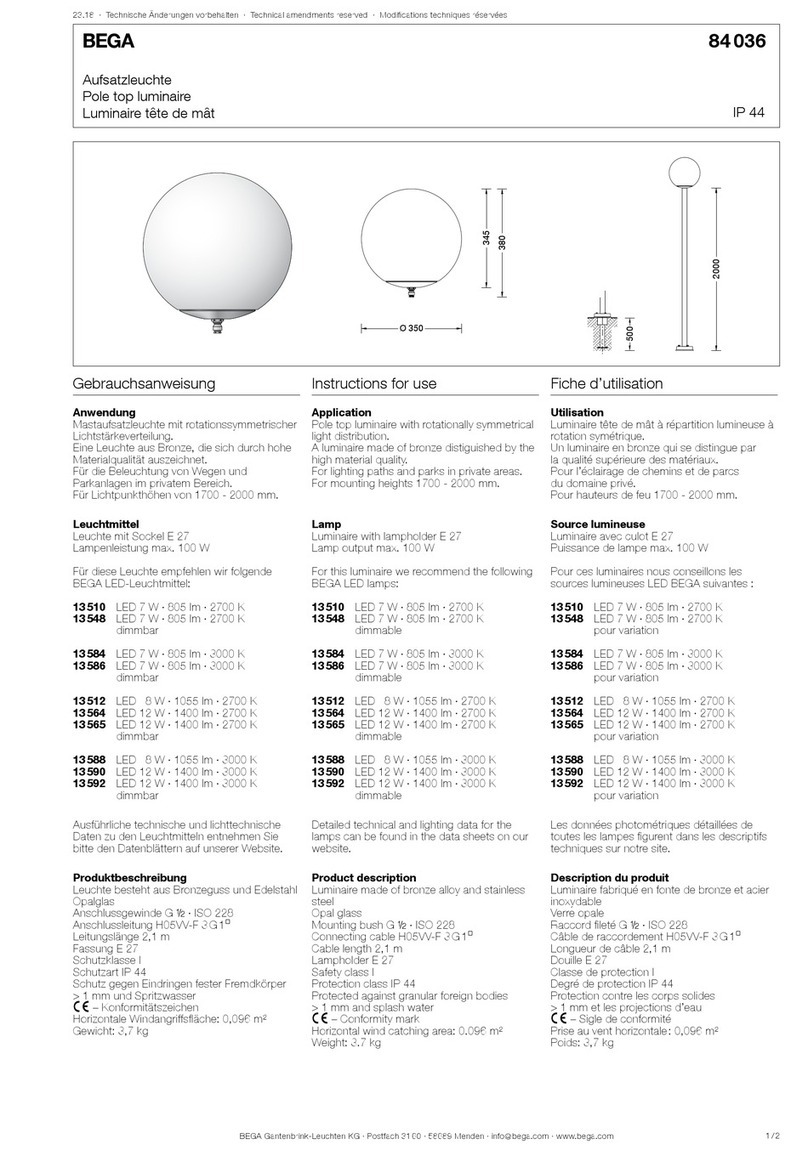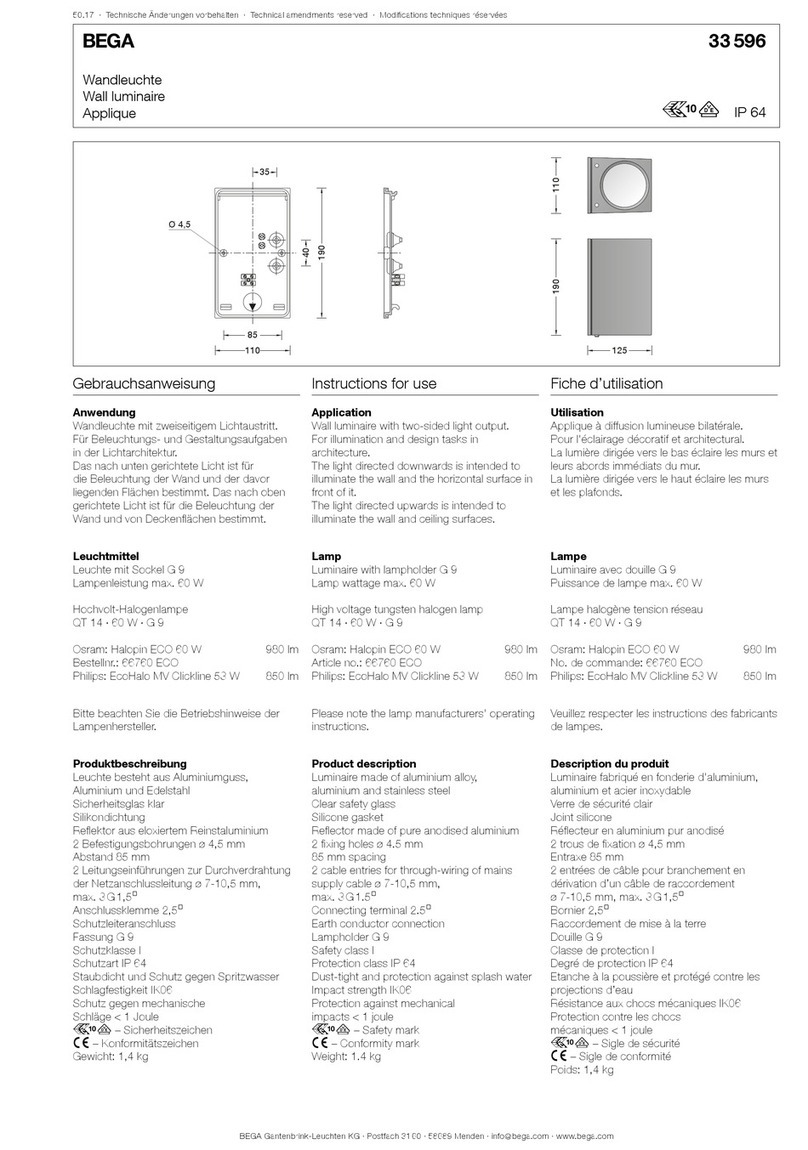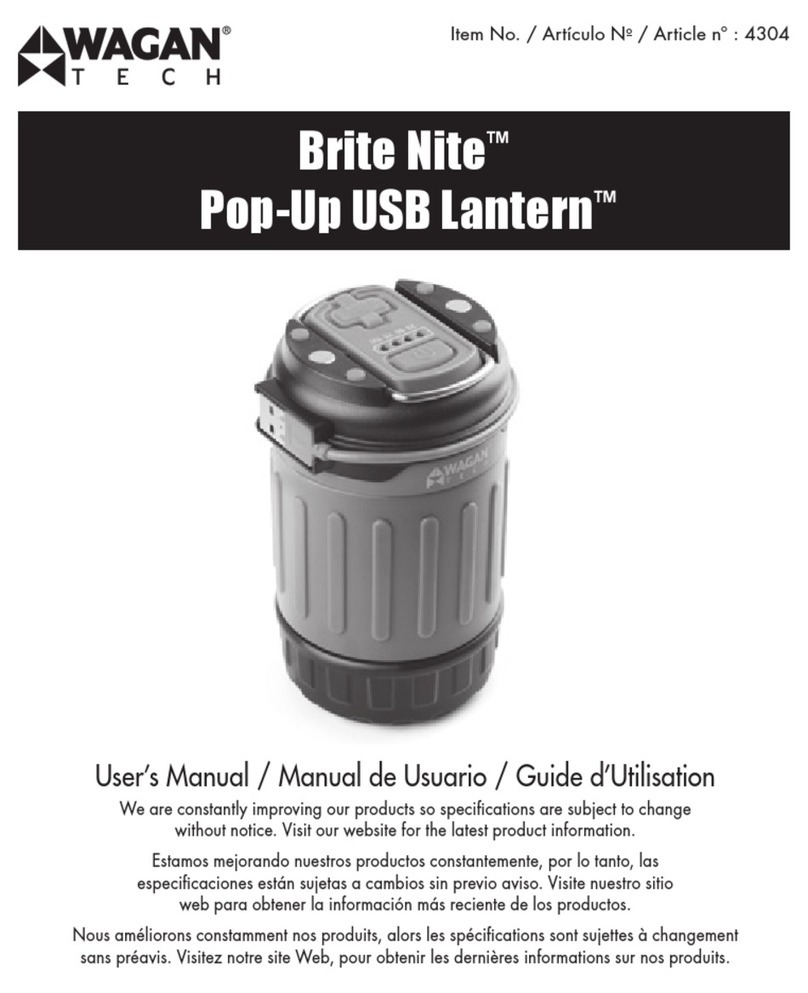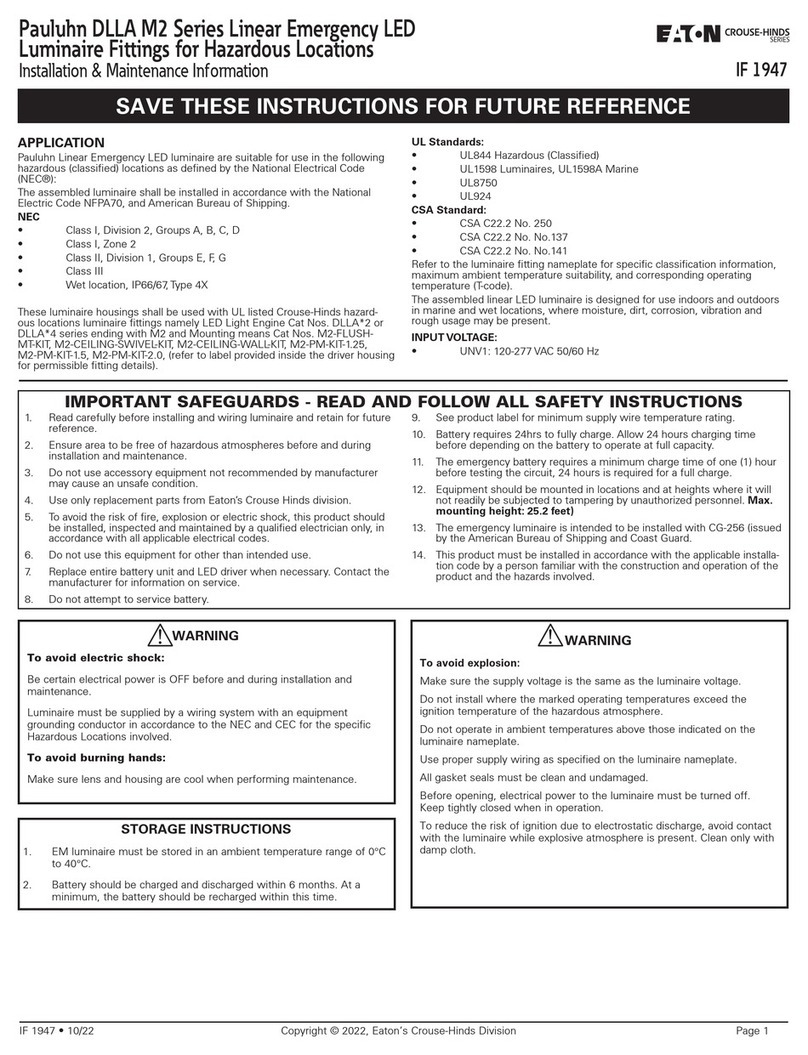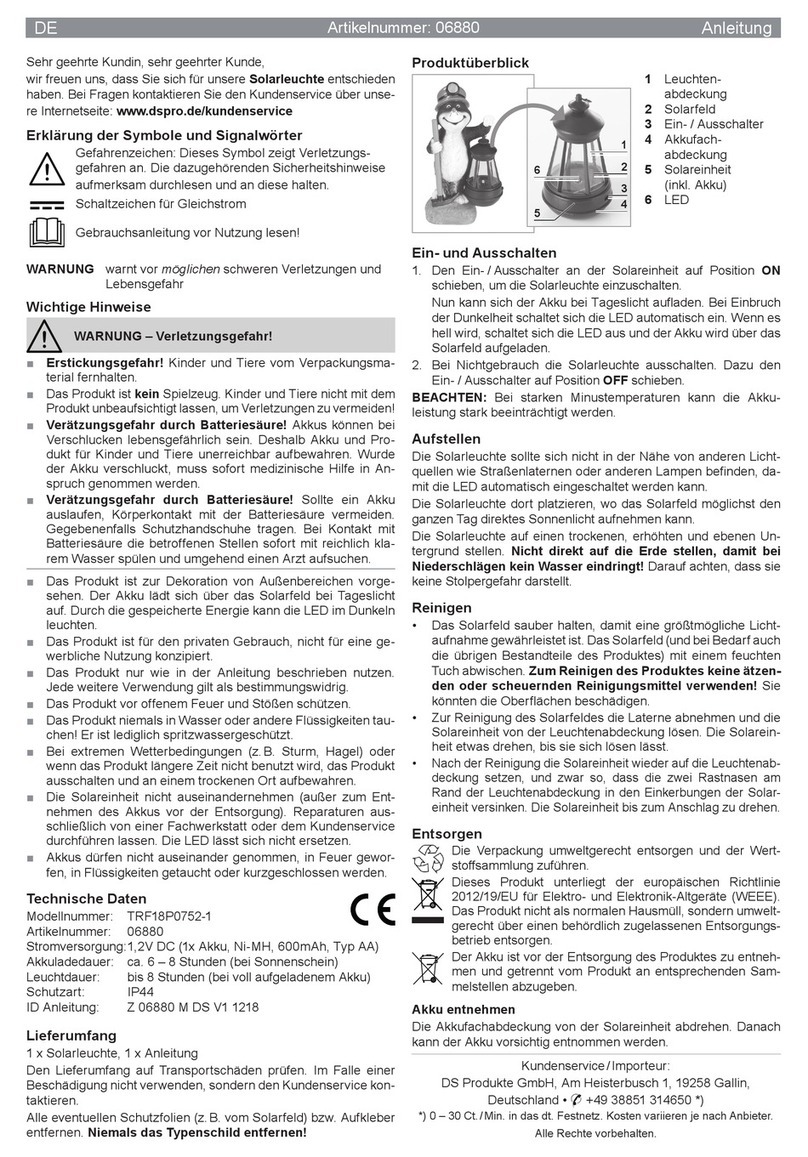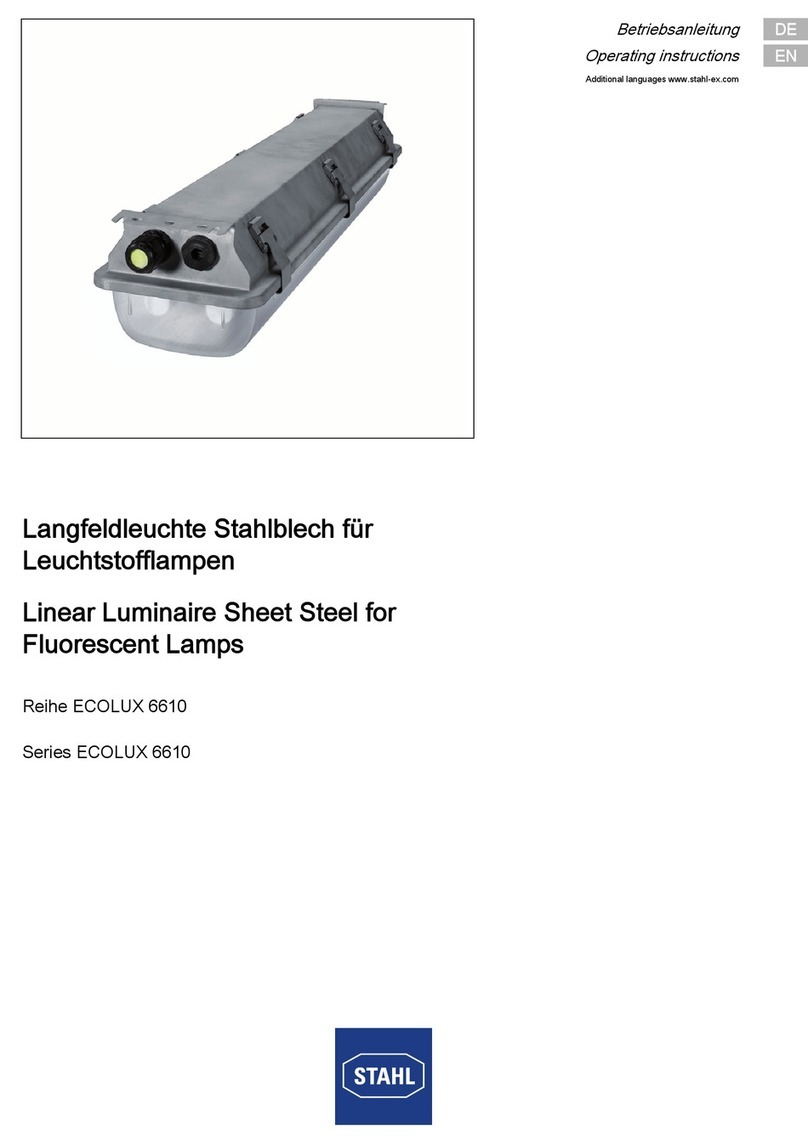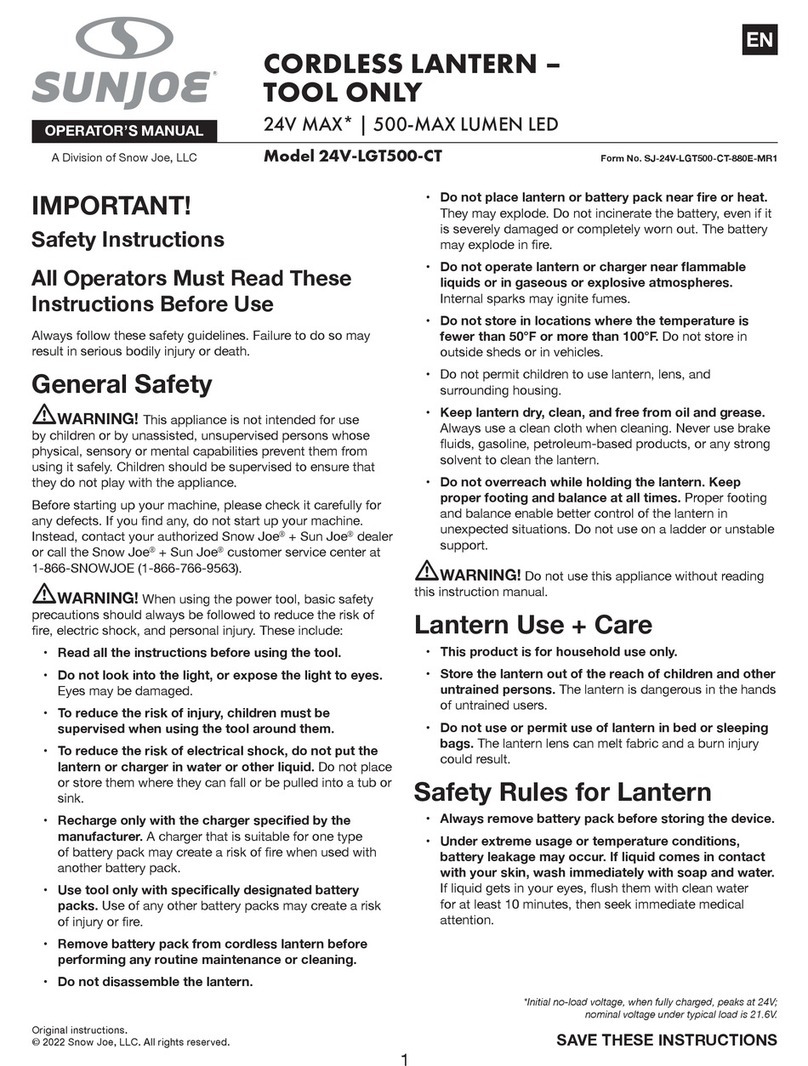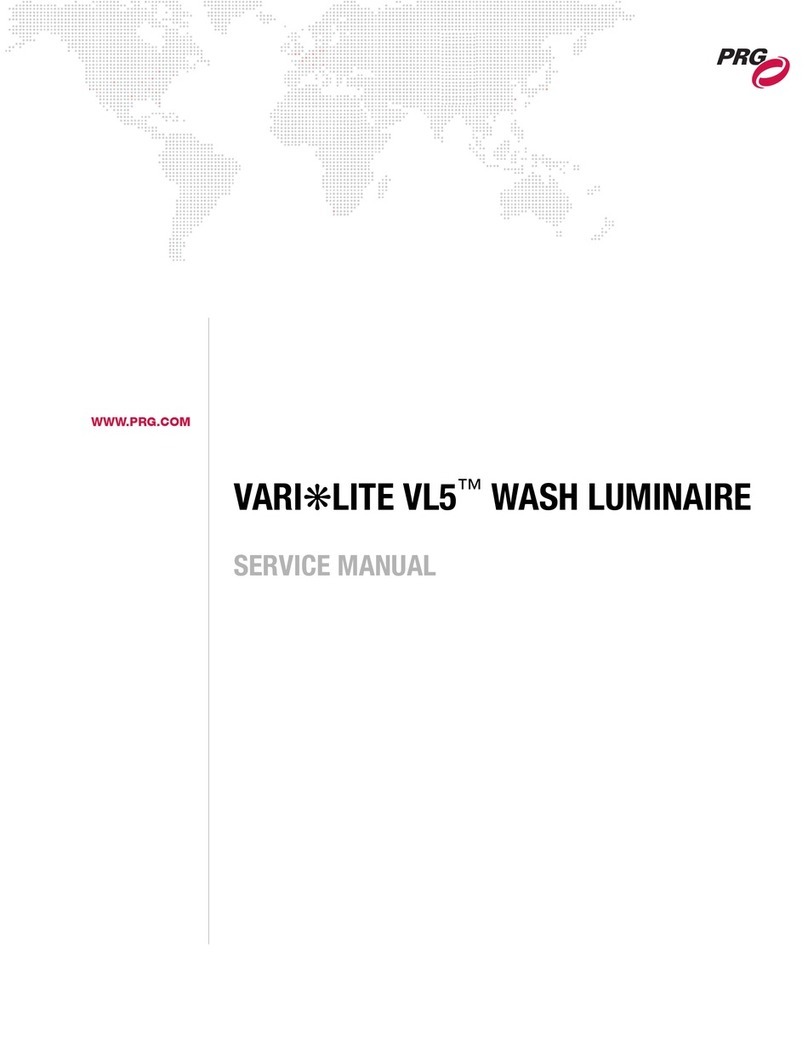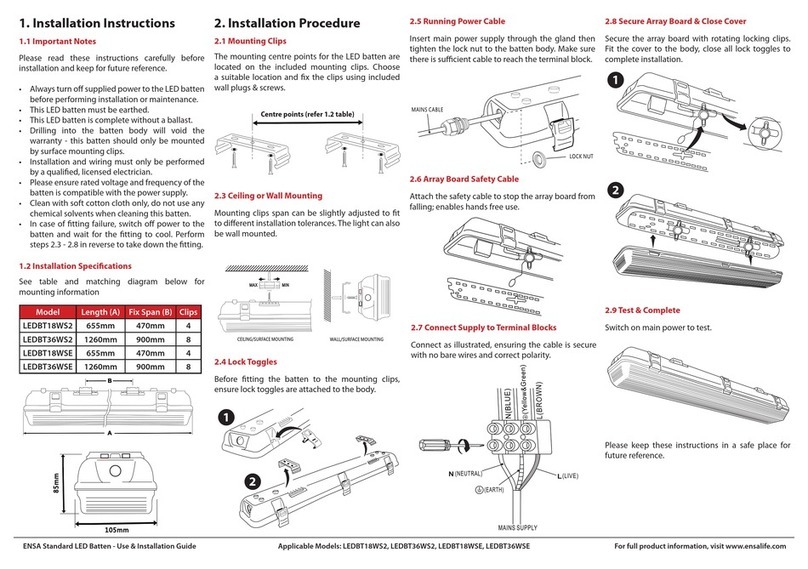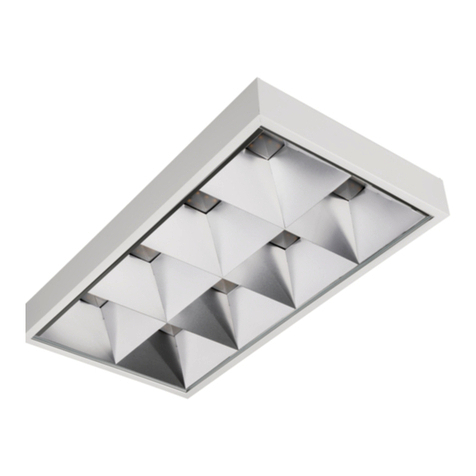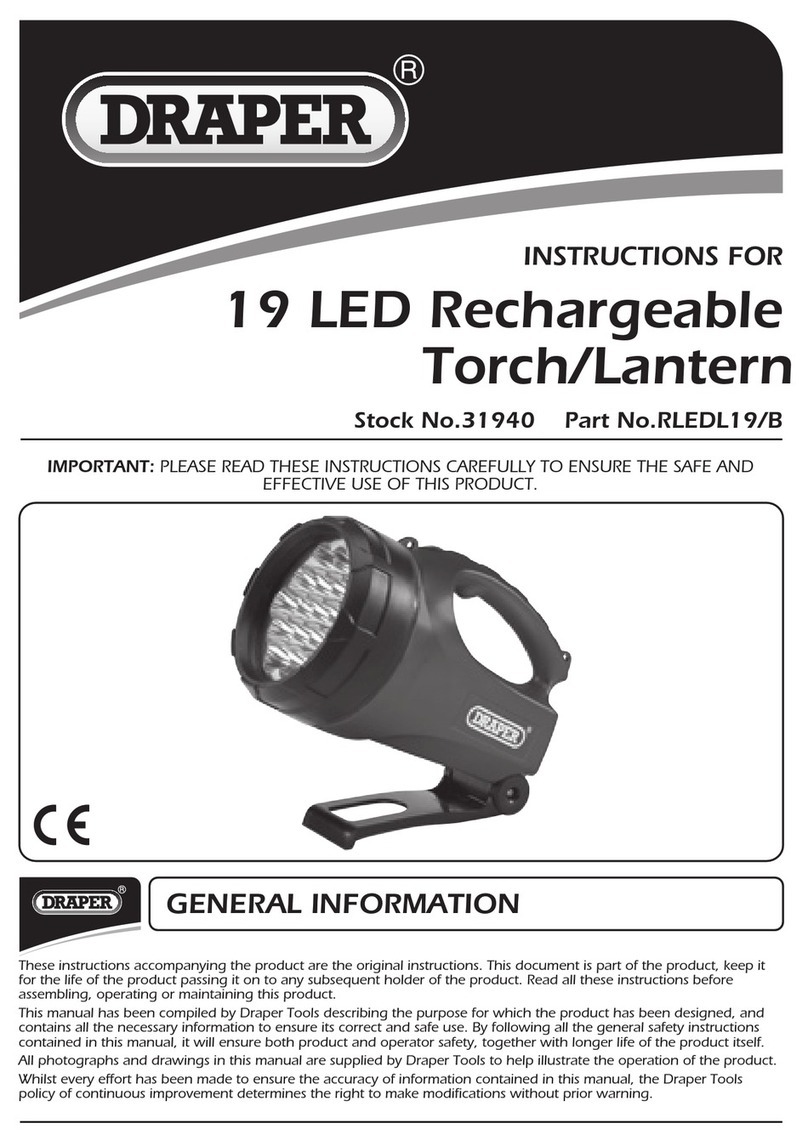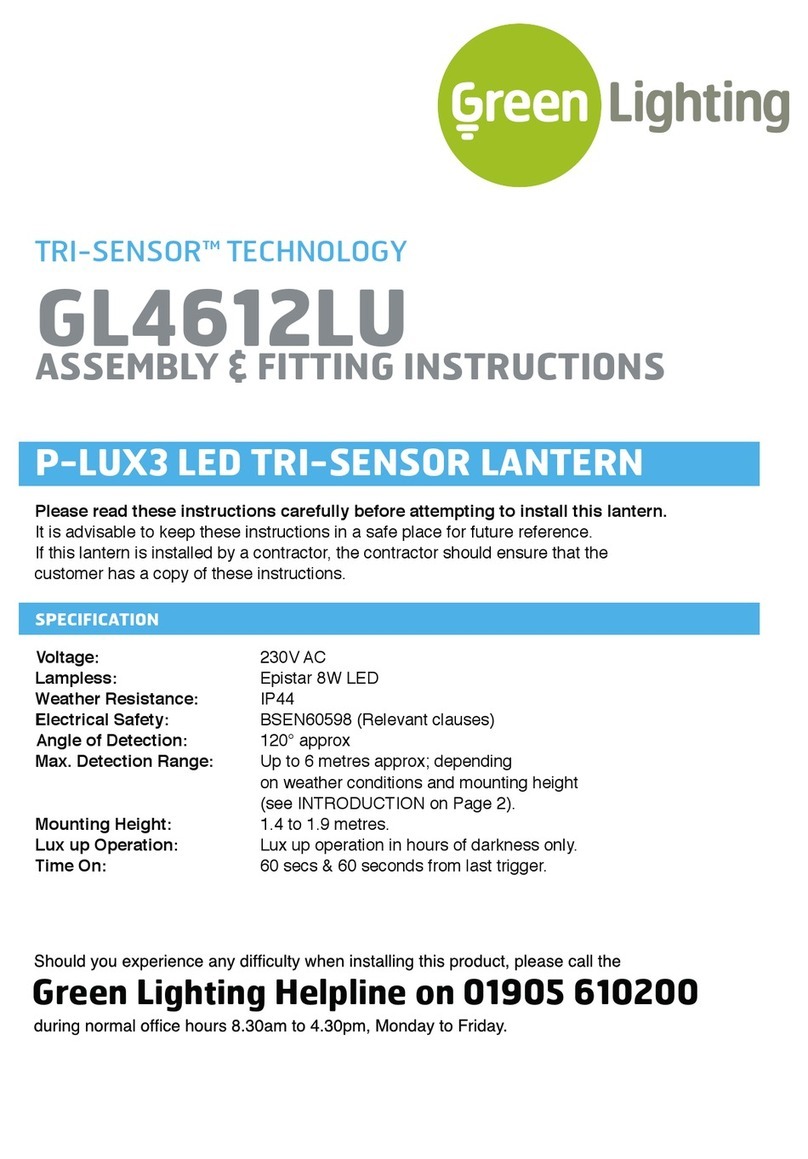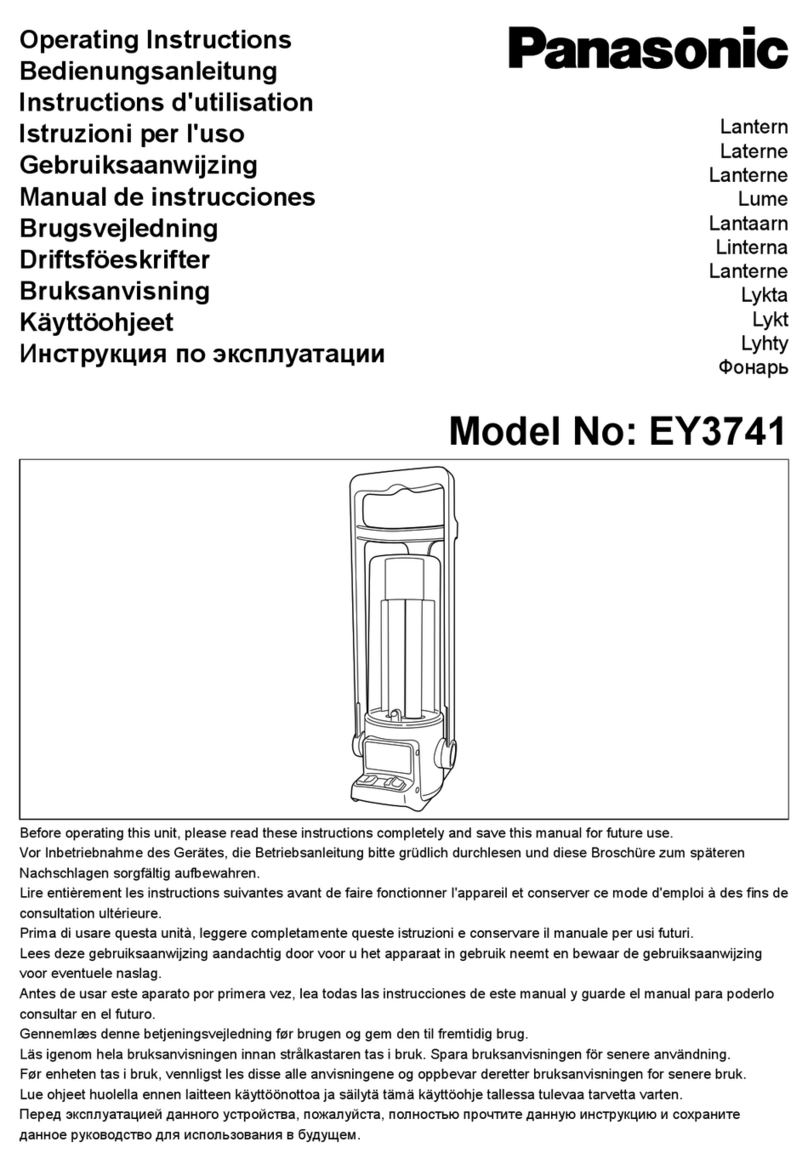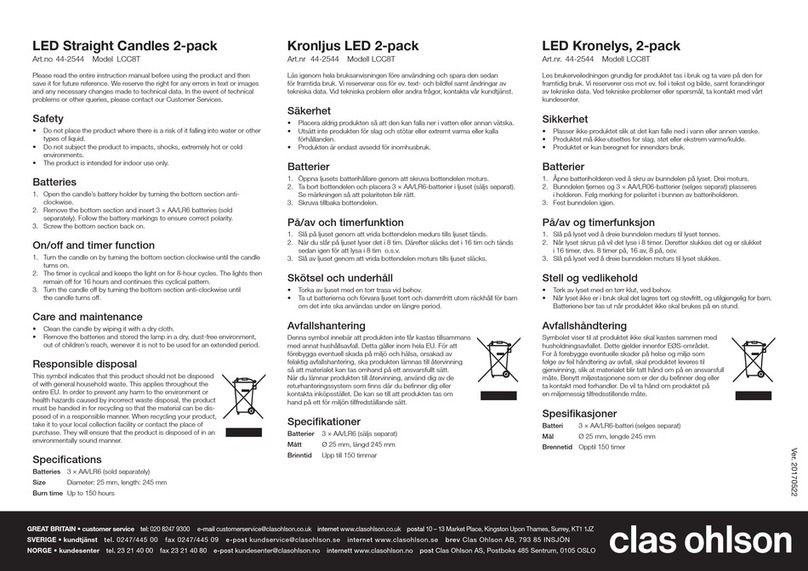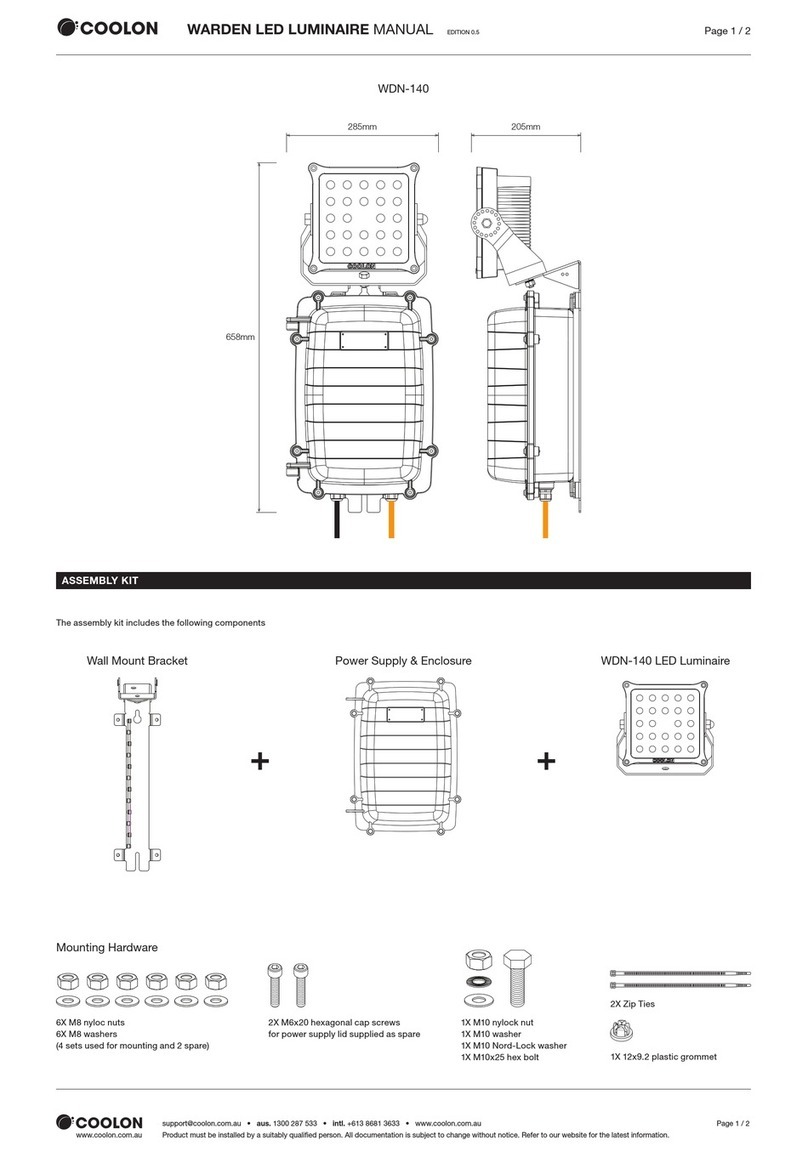2. Safety
2.1. GENERAL SAFETY
Installation and maintenance equipment involves applying health and safety standards at
Workplace. These requirements vary between countries, so that the local specified regulations
will be applied. The health and safety of personnel is a priority, thus any tasks with the
equipment shall be executed by qualified and trained personnel to realize them in a safe way.
This user manual is intended for personnel with basic mechanical skills and under the direction
of an operator responsible for piece assembling. The following instructions are very important
for a correct use of the Equipment. Please ensure to:
-Comply with worker security provisions and professional regulation.
-Equip all personnel with personal protective measures (PPE) such as gloves or safety
shoes or other equipment needed when manipulating components.
-Realize the tasks in the presence of a health and security manager that can provide
assistance in case of accident.
-Follow the assembly sequence indicated in this manual.
-Have the adequate tools for the assembly of the components.
-Keep a copy of these instructions near the installation site.
2.2. HANDLING SAFETY
Before and during assembly tasks, the following indications should be considered:
-Have fasteners and fixing elements, for working with the product. Improper treatment
can damage to beacon plastic components.
-Do not apply paint or adhesive on the surface of the modules.
-Work only in dry conditions, unless provided with appropriate additional protections.
-Use electrical insulation protection for working with direct current and battery
components. The handling of batteries should be carried out only by qualified
personnel.
-Disconnect the power supply of the beacon, prior to disassembly / assembly of any
component.
2.3. INSTALLATION SAFETY
During the installation, the following indications should be followed:
-Check the correct condition of the elements during the assembly and ensure their fixing.
-Do not start a new step in the assembly tasks until having completed the previous one.
-Cover the solar module with an opaque material during the installation to prevent
electricity generation.
-Check the stability of the entire equipment mounted prior to its use.

